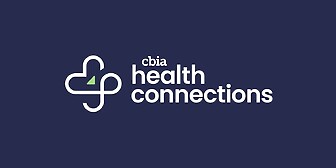OSHA Reduces Small Business Penalties

At a time when increasing taxes and economic uncertainty are major business concerns, the U.S. Department of Labor has updated its OSHA penalty structure with small businesses in mind.
The new guidelines essentially help level the playing field between large and small business when OSHA issues penalties.
“Small employers who are working in good faith to comply with complex federal laws should not face the same penalties as large employers with abundant resources,” Deputy Secretary of Labor Keith Sonderling said.
Overall, the adjustments aim to improve workplace safety, minimize the burden on small businesses, and increase prompt hazard abatement.
More specifically, the guidelines now ensure that OSHA takes into account an employer’s size, its efforts to quickly abate hazards, and its compliance history.
Lower Penalties
A penalty reduction level of 70% previously only applied to businesses with 10 or fewer employees. It now applies to businesses that employ up to 25 employees.
A 15% penalty reduction is now included for employers who immediately take steps to address or correct a hazard.
Lowering penalties on small employers, Sonderling added, demonstrates support for entrepreneurs by giving them the tools they need to keep workers safe and healthy on the job while also keeping them accountable.
“These changes are designed to help employers address safety issues more quickly, come into compliance faster, and minimize financial burdens.”
OSHA
According to OSHA, the changes are also designed to:
- Help employers address safety issues more quickly, come into compliance faster, and minimize financial burdens.
- Make it easier for employers, including small businesses, to invest resources in finding and fixing hazards, as well as enhancing their safety and health programs.
The new guidelines are effective immediately. However, penalties issued before July 14, 2025, will remain under the previous penalty structure.
Open investigations are also covered by the new guidance.
For more details, the new guidelines are outlined in the Penalties and Debt Collection section of OSHA’s Field Operations Manual.
RELATED
EXPLORE BY CATEGORY
Stay Connected with CBIA News Digests
The latest news and information delivered directly to your inbox.



